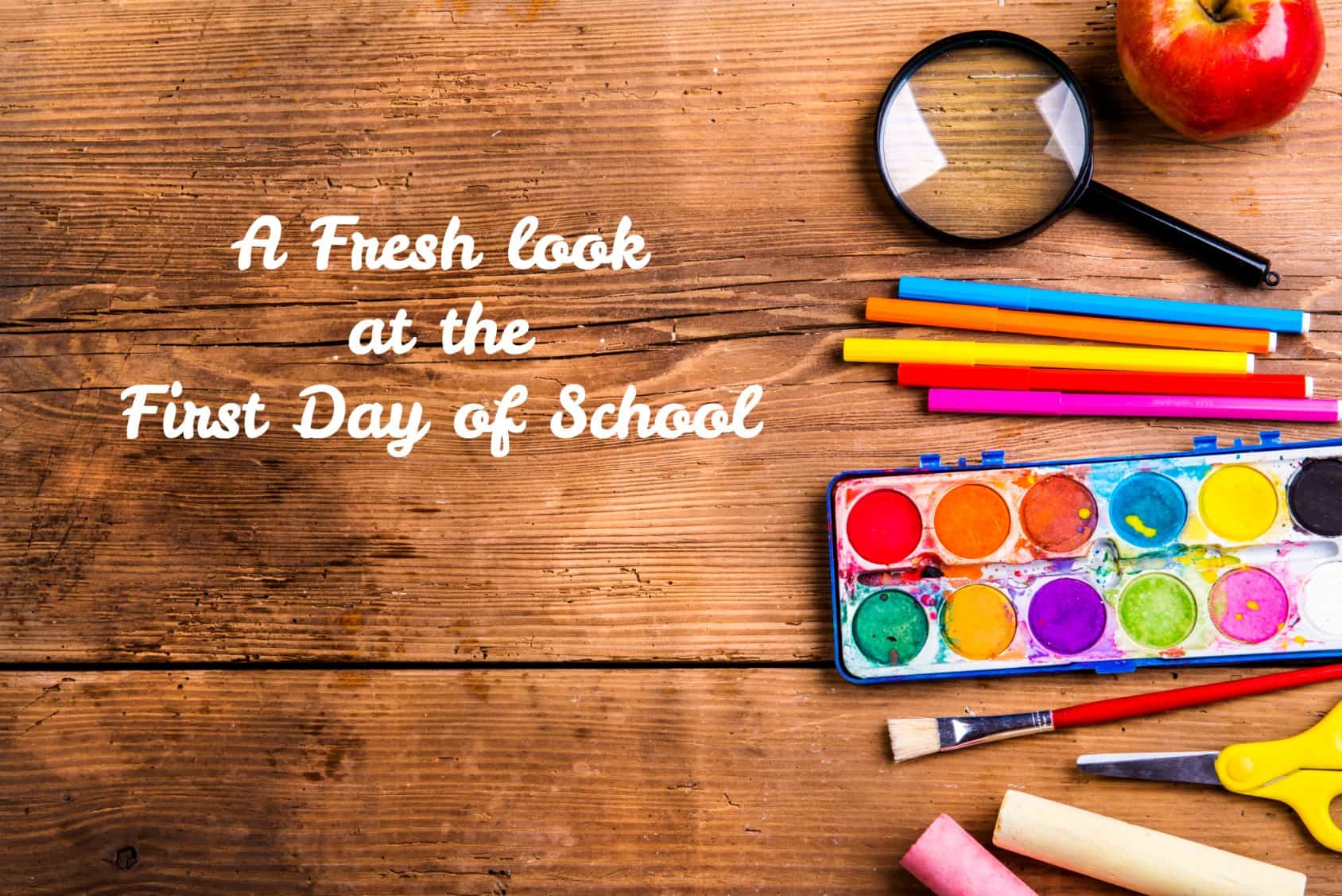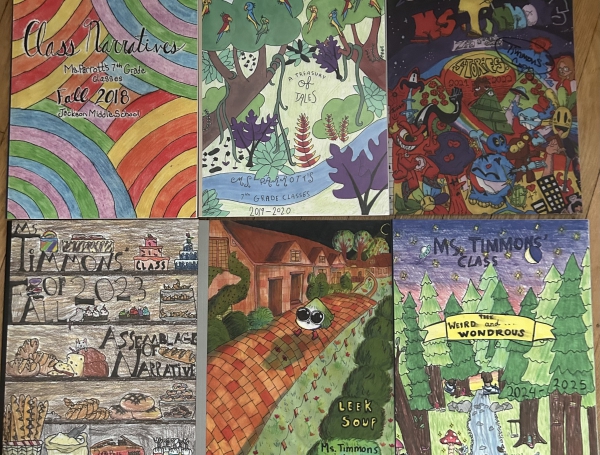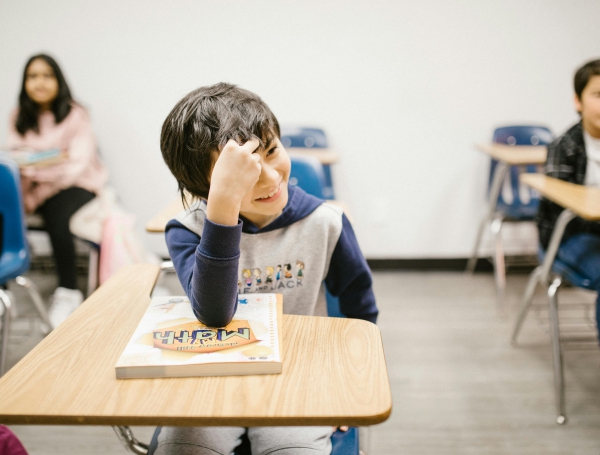

A Fresh Look at the First Day of School
August 18, 2017
The first day of school is fast approaching, and with it, the question of what you’re going to do on that first day to capture the hearts and minds of your students--often in 50 minutes or less, of course! This is your chance to make a first impression and let your kids know who you are and what to expect out of your class, so no pressure, right?
There are thousands of resources, theories, and philosophies on how to start the year off strong, but as all teachers know, it can be easy to fall back on some stale icebreakers or a recitation of your syllabus. (This is not to say that icebreakers and syllabi don’t have their place--they absolutely do!)
If you’re feeling like your first-day routine could use a refresh, here are some ideas. But remember, whatever you pick should reflect you, so use what resonates!
Start with content. This has been my standard first-day activity for my whole career. If you start with something light, interesting, and high engagement, starting with content can actually do a lot for you on your first day. It shows kids that you have high standards, but also that you value their time and want them to have fun. You can use a humorous story for English, current events for social studies, an interesting lab for science. Kids appreciate a change of pace and will know what to expect from your class.
Establish your most important expectations. Especially if you choose to start with content, you’ll probably want to have a few ground rules in place, like “listen respectfully,” or “one voice at a time.” Other, more particular rules you can clarify a day or two later, after you’ve gotten to know them a little. But depending on your student group, you probably want to remind students of these important guidelines as you lead them through their first-day activities, to make sure they get the most out of the lesson.
Use icebreakers selectively. Icebreakers can be great for kids who don’t know each other, but be aware--especially at a small school or in upper grades--that your students may already know each other pretty well from previous years. If you want to use icebreakers, use ones that are a little less common, or that use humor. Don’t push kids too far out of their comfort zones, either--it is just the first day!
Keep personal intros brief and engaging. A lot of teachers like to tell kids a little about themselves on the first day. This can be a great way to model a little vulnerability and encourage kids to open up. But the first day can be busy and overwhelming--new classes, a new routine, new friends and old friends.They may not pay much attention or remember much of what you say. If you want to give a little personal story, keep it short and add in some humor or unusual info that will make you stand out in kids’ minds.
Save nuts and bolts for day two--or three. This includes setting rules, reviewing your syllabus, making seating charts, and anything else procedural that is likely to lose students’ interest. Have your syllabus ready beforehand, but don’t go over it till the second day (and keep it brief!). If you wait to make seating charts until the second day, you can save yourself from having to immediately remake the one where you accidentally put a chatty pair of best friends next to each other. On Day 2, kids will be more settled and comfortable, and establishing your rules and expectations will be a little easier.
No matter what you do on your first day, breaking the mold will get you started on the right foot with your kids by showing them that you have high expectations, that you have fun, and that you’re invested in making this a great year.

Article by Alison McCartan, regular contributor to The Heritage Institute's Blog, What Works: Teaching at Its Best.
Alison McCartan is a high school teacher in the South Puget Sound region of Washington State. She has taught English and history in high schools across the country, and when she's not orchestrating re-enactments of the Industrial Revolution in class, she can usually be found with a cup of tea, her cat, and a book.




